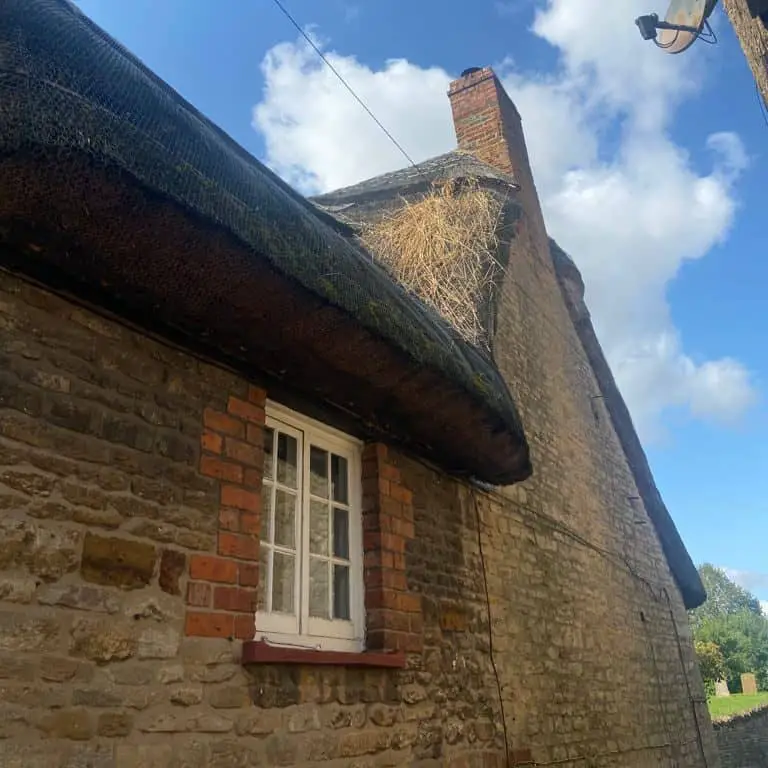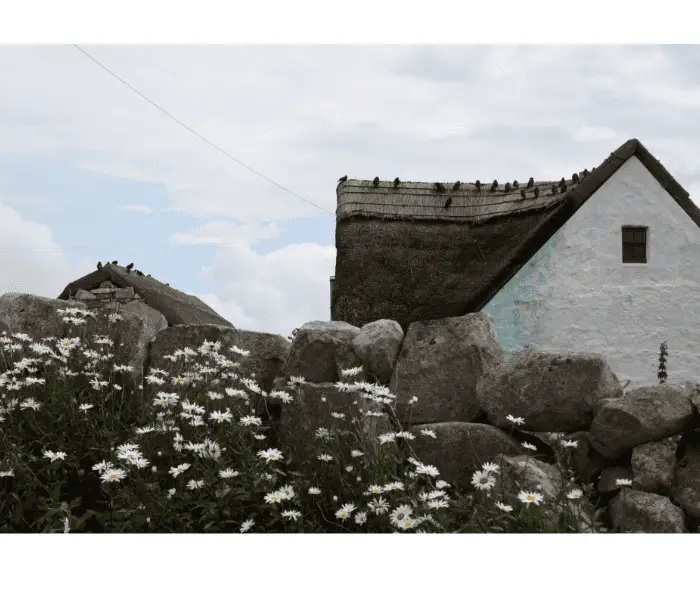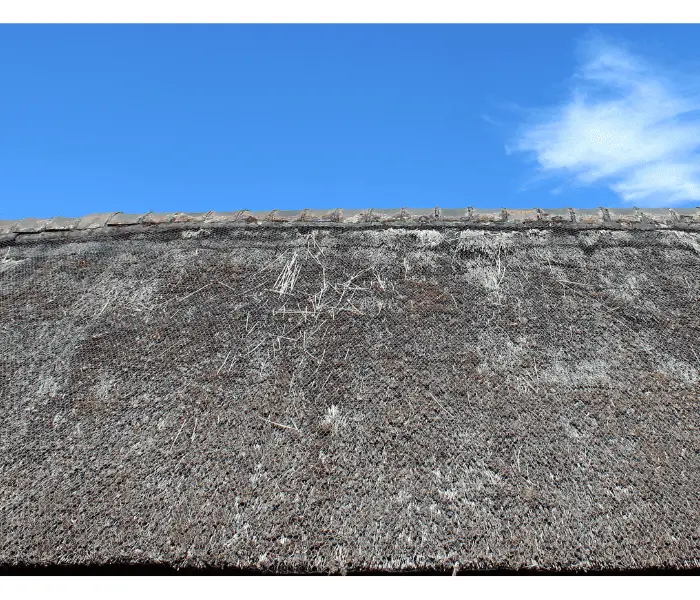When caring for your thatched roof, you’ve probably asked yourself, “do thatched roofs attract vermin?” That said, you might already know the answer to this if you’ve lived in a thatched cottage for long enough!
In this article, we’ll look at whether thatched roofs attract vermin and what you can do about them.
Luckily, there are plenty of solutions and preventative measures to stop it from becoming a real problem.
Do Thatched Roofs Attract Vermin? If it wasn’t already obvious, yes, thatched roofs can attract vermin. The construction of thatched roofs provides shelter or food depending on the type of vermin we’re discussing.
Some vermin come seeking one or the other, while others find both.
The season also impacts which vermin you’ll find in your thatched roof. For example, you’ll typically find animals looking for a home in your roof in the winter, as it’s warm and dry. In the summer and spring, they’ll most likely be looking for food.
However, this almost doesn’t matter because your preventative measures should solve both problems and should be in place all year round.
The options we discuss below will address both vermin looking for a home and those looking for food.

What Animals Live in a Thatched Roof?
The sort of animals you’ll find in a thatched roof probably won’t surprise you. They include:
· Birds
· Insects (particularly wasps)
· Mice and rats
· Squirrels

Thatched Roof Animals
We’ve got separate articles on birds, mice, insects and bats so we won’t discuss them in much detail here. In some countries thatched roofs also attract snakes. Instead, let’s focus on one of the UK’s biggest pests: squirrels.

Grey squirrels are legally considered pests in the UK, and it’s perfectly acceptable to kill them in a humane way.
Of course, few people feel comfortable doing this, so it’s generally better to catch them in a trap and release them elsewhere. The same isn’t true for red squirrels, though, as they’re an endangered species.
You can purchase these pest control devices to stop any pests rummaging around under the thatch:
Squirrels can do a lot of damage to your thatched roof. They can jump onto the roof using nearby branches and cables.
Once on the roof, they can burrow inside and chew through cables. If you’re particularly unlucky, they might even set up a nest in your loft.
Preventing them from getting into the roof isn’t particularly difficult, and the same methods work for other animals such as birds, mice and rats.
For the latter, you have to be more diligent, though, because they can fit through much smaller holes!
How to Stop Vermin from Living in Your Thatched Roof
Let’s look at the solutions for stopping pests from living in your thatched roof, or dealing with them if they decide to make it their home. Some methods aren’t for the faint of heart, though.
Chicken Wire
The most obvious place to start is by covering your roof in chicken wire. It’s a commonly accepted way to keep your roof secure because animals can’t chew through it in the same way they can with thatch.
A thatcher can advise you on the best type of wire to use depending on the animals you’re trying to keep out. You’ll need to inspect it once a month or so to ensure there’s no damage that could let animals in.
While it’s pretty effective, not everyone likes the look of it. However, the issue of appearance is definitely outweighed by the lack of vermin in your thatched roof.
So, if you want it to be secure, you’ll unfortunately need to deal with covering it in chicken wire!

Be Careful with Bird Feed
If you’ve got a bird feeder in your garden, be careful when you fill it. Spilt food will attract vermin, although squirrels will just go for the hanging feeder regardless.
You can get squirrel-safe feeders, and installing one should eventually cause them to give up.
Also, make sure you sweep up any food on the ground every few days, if not daily. Alternatively, you could move the feeder away from your house, or get rid of it completely.
Animals attracted to the food will see your home as a viable place to live in colder months, as it’ll be warm and dry and near a renewable, easily accessible food source.
Lay Traps
The most obvious solution for vermin is to lay traps. Don’t worry, they don’t need to be lethal traps. You can get bait boxes that catch the animal, allowing you to release it elsewhere.
Of course, this does run the risk of them coming back.
Lethal traps are a more permanent solution, but they can be a bit risky because you can’t specifically target the vermin you want to remove.
As such, you run the risk of killing endangered species, such as red squirrels.
But you can use this type of pest traps so that you don’t have to kill your unwanted furry foe:
Regardless of which traps you decide to use, it’s best to start with them outside your roof. After all, you want to deal with the vermin before they get inside your house!
Secure Your Wiring
It’s not uncommon for there to be wires and pipes in your loft space. Protecting these is a top priority if you’re concerned vermin might be living in your thatched roof.
The easiest way to do this is to wrap them in something hard, such as metal. Animals can chew through plastic wires, but they won’t have much luck with harder materials!
Always Check New Thatch
When it comes time to re-thatch your roof, inspect the new thatch thoroughly. Smaller creatures (such as mice and bugs) can hitch a ride on the material, providing them with an easy way into your roof.
While you’d hope a thatcher would notice, you can’t always guarantee it.
Vermin in Thatched Roofs
Dealing with vermin in thatched roofs should be preventative rather than reactive. However, even the best plans sometimes go wrong.
Start with some of the methods suggested above and you should be able to prevent bad outbreaks.
If you’ve noticed vermin in your roof, though, calling an exterminator could be your best bet. After all, they’ll wipe the problem out pretty quickly.




